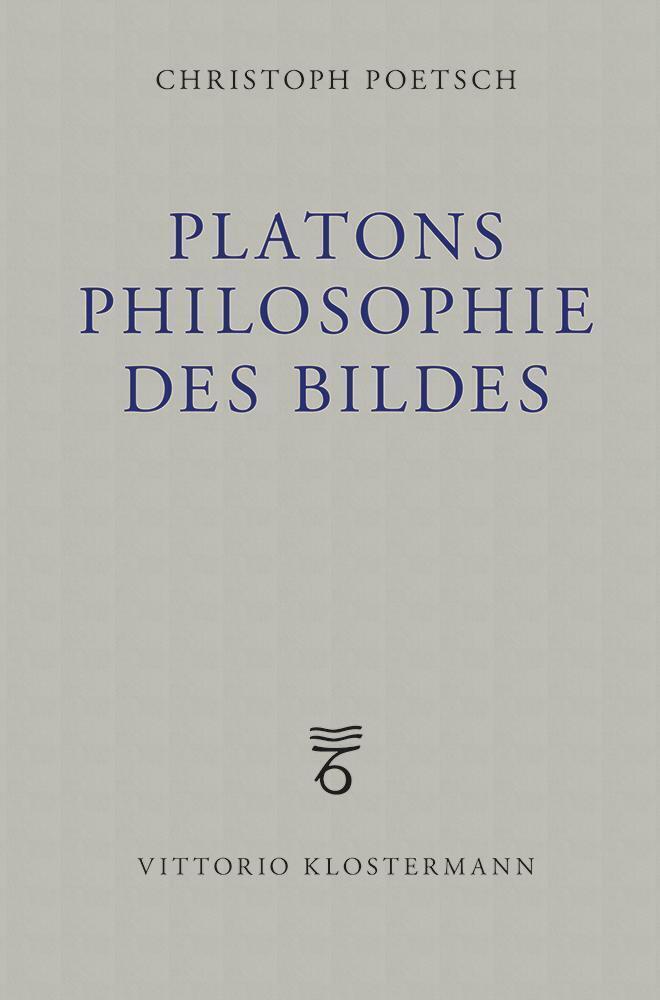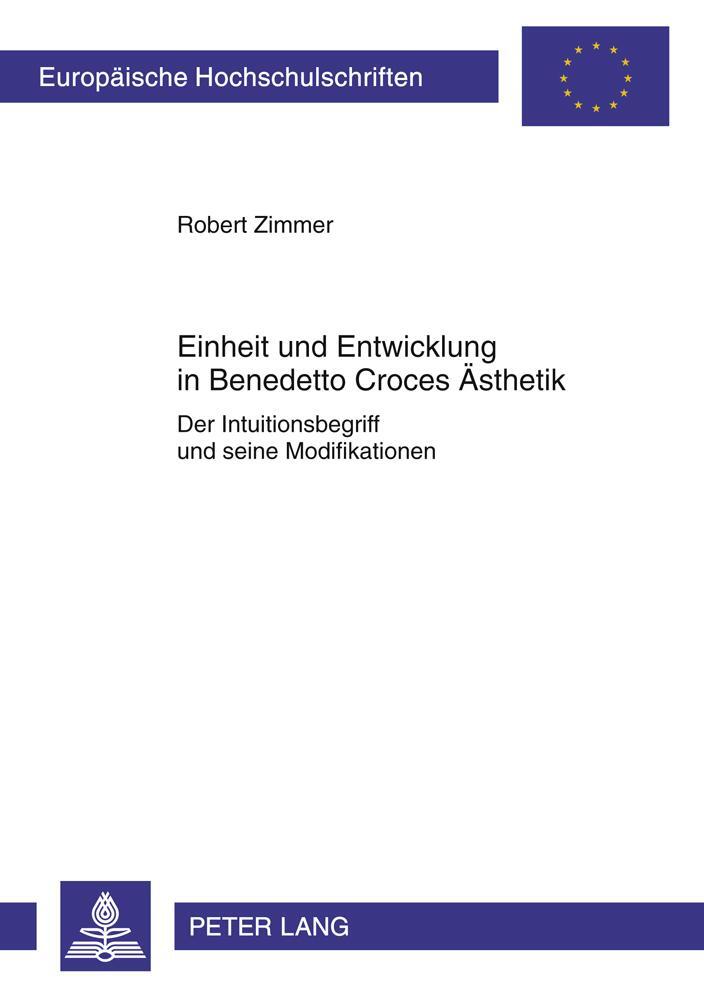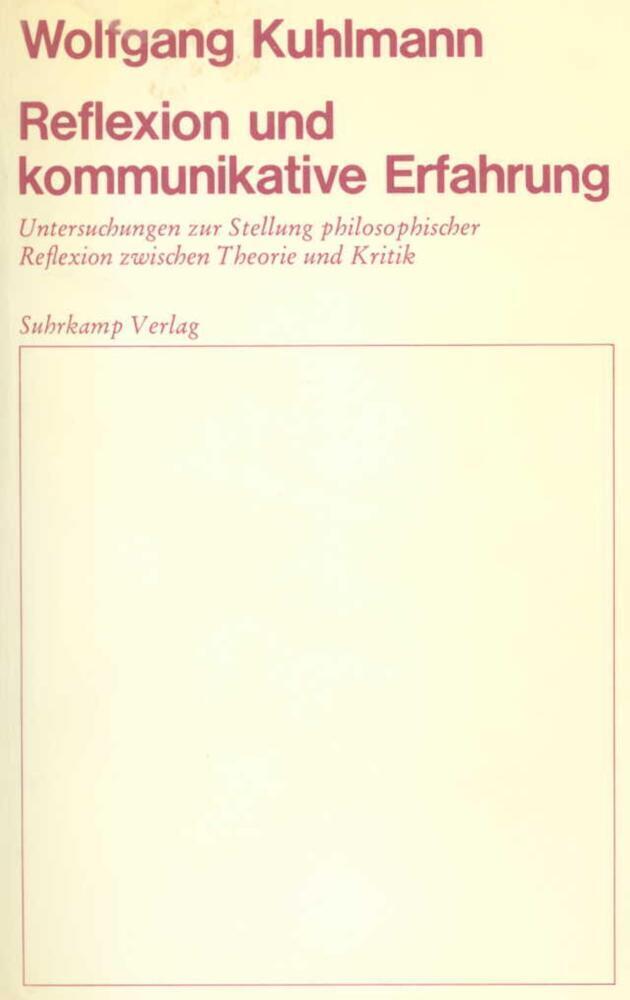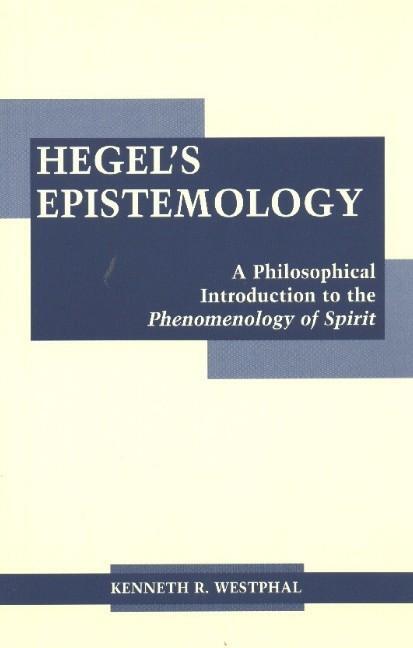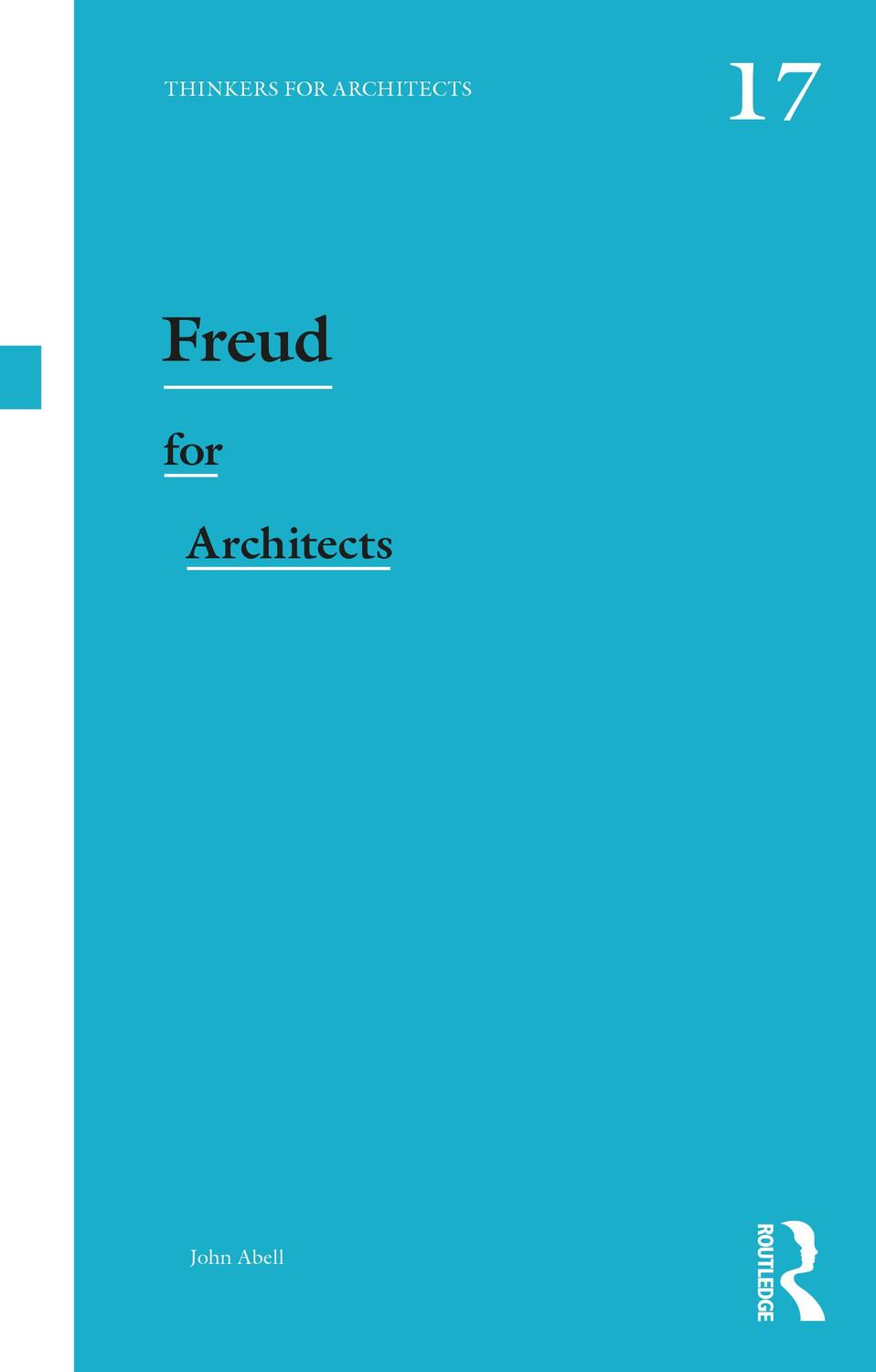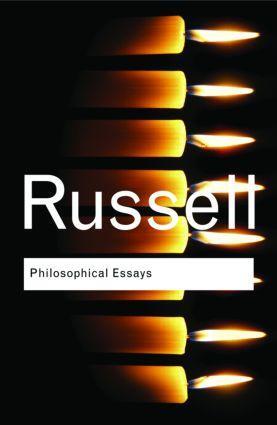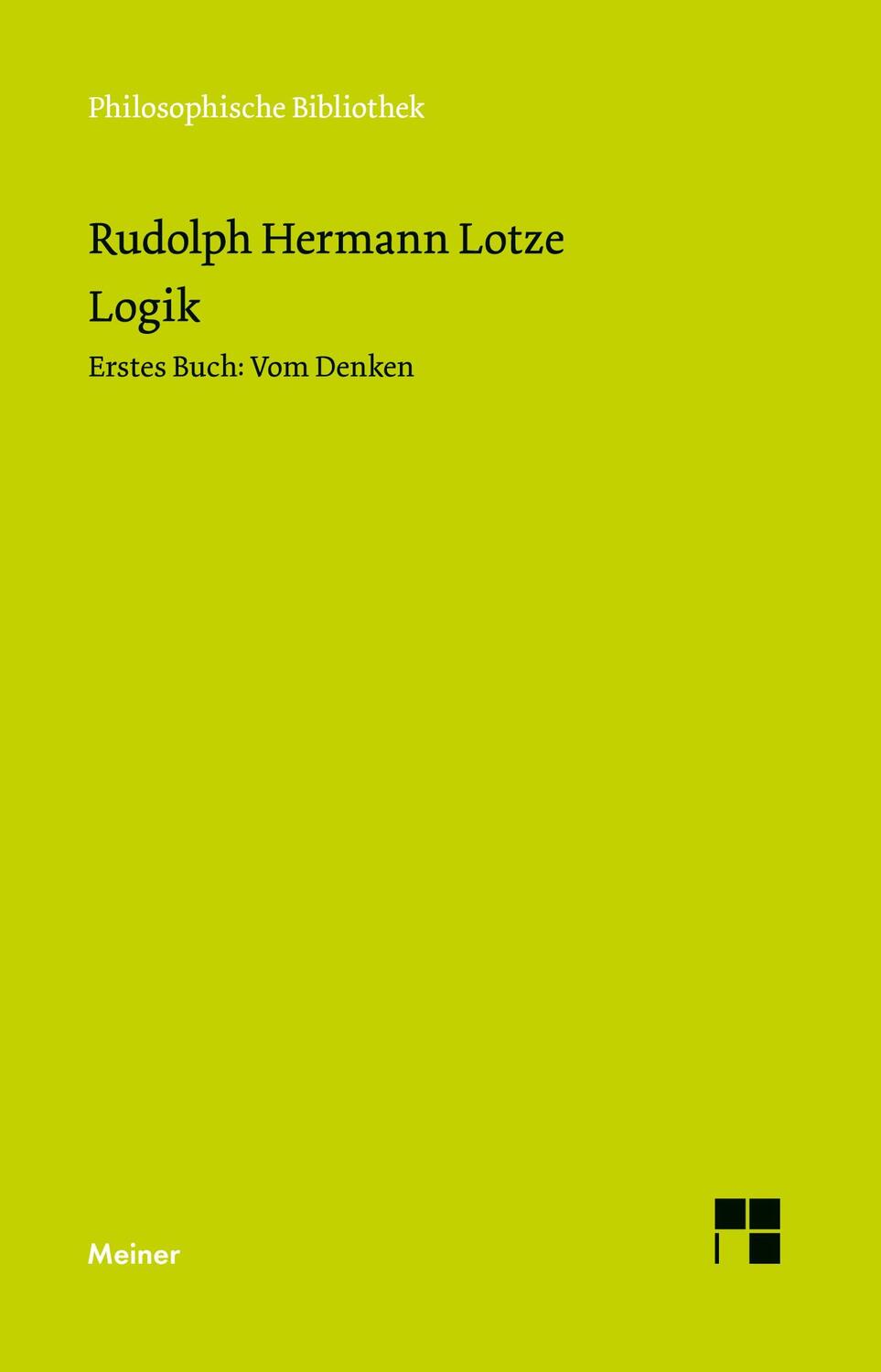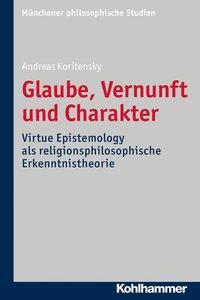Dekorationsartikel gehören nicht zum Leistungsumfang.
Sprache:
Deutsch
69,00 €*
Versandkostenfrei per Post / DHL
Lieferzeit 2-3 Wochen
Kategorien:
Beschreibung
Die Studie rekonstruiert den Bildbegriff als Grundkonzept der Philosophie Platons. Im Gesamtrahmen dieser Philosophie des Bildes erweist sich die Erscheinung des an sich Unsichtbaren, nicht aber die Abbildung des gleichfalls Sichtbaren als dessen einheitlicher Kern. Das Bild rückt so in die direkte Nähe des Körpers und ist zuletzt in die Ontologie der Dimensionsfolge eingebunden. Dies impliziert weitreichende Neuinterpretationen des Linien- und des Höhlengleichnisses sowie der Kunstkritik und stellt systematische Bezüge zur Ideenontologie, zur Sprachphilosophie und Gleichnislehre sowie zu Platons eigener Dialoggestaltung her. Platons Bildbegriff ist somit keine Denkfigur der bloßen Abwertung, sondern konstitutiv dialektisch: Er formuliert nicht nur die Differenzierung der Wirklichkeit, sondern ebenso die Verbindung von Sinnlichem und Geistigem und folglich die Einheit der Wirklichkeit. Die sinnliche Welt als Bild zu verstehen heißt dann nicht, sie für sinn- oder wertlos zu erklären, sondern sie als solche erst wirklich zu begreifen.The study reconstructs the concept of the image as a basic concept of Plato´s philosophy. Within the overall framework of this philosophy of the image, the appearance of the invisible in itself rather than the depiction of the likewise visible proves to be its uniform core. The image thus moves into the direct vicinity of the body and is finally integrated into the ontology of the succession of dimensions. This implies far-reaching reinterpretations of the Line and Cave parables as well as art criticism and establishes systematic references to the ontology of forms ("ideai"), to the philosophy of language and the doctrine of parables as well as to Plato´s own dialogue design. Plato's concept of the image is thus not merely a deprecating figure of thought, but constitutively dialectical: it formulates not only the "differentiation" of reality, but also the "connection" between the sensual and the realm of forms, and consequently the unity of reality. Understanding the sensual world as an image does therefore not mean declaring it meaningless or worthless, but to really come to terms with it.
Die Studie rekonstruiert den Bildbegriff als Grundkonzept der Philosophie Platons. Im Gesamtrahmen dieser Philosophie des Bildes erweist sich die Erscheinung des an sich Unsichtbaren, nicht aber die Abbildung des gleichfalls Sichtbaren als dessen einheitlicher Kern. Das Bild rückt so in die direkte Nähe des Körpers und ist zuletzt in die Ontologie der Dimensionsfolge eingebunden. Dies impliziert weitreichende Neuinterpretationen des Linien- und des Höhlengleichnisses sowie der Kunstkritik und stellt systematische Bezüge zur Ideenontologie, zur Sprachphilosophie und Gleichnislehre sowie zu Platons eigener Dialoggestaltung her. Platons Bildbegriff ist somit keine Denkfigur der bloßen Abwertung, sondern konstitutiv dialektisch: Er formuliert nicht nur die Differenzierung der Wirklichkeit, sondern ebenso die Verbindung von Sinnlichem und Geistigem und folglich die Einheit der Wirklichkeit. Die sinnliche Welt als Bild zu verstehen heißt dann nicht, sie für sinn- oder wertlos zu erklären, sondern sie als solche erst wirklich zu begreifen.The study reconstructs the concept of the image as a basic concept of Plato´s philosophy. Within the overall framework of this philosophy of the image, the appearance of the invisible in itself rather than the depiction of the likewise visible proves to be its uniform core. The image thus moves into the direct vicinity of the body and is finally integrated into the ontology of the succession of dimensions. This implies far-reaching reinterpretations of the Line and Cave parables as well as art criticism and establishes systematic references to the ontology of forms ("ideai"), to the philosophy of language and the doctrine of parables as well as to Plato´s own dialogue design. Plato's concept of the image is thus not merely a deprecating figure of thought, but constitutively dialectical: it formulates not only the "differentiation" of reality, but also the "connection" between the sensual and the realm of forms, and consequently the unity of reality. Understanding the sensual world as an image does therefore not mean declaring it meaningless or worthless, but to really come to terms with it.
Details
| Erscheinungsjahr: | 2019 |
|---|---|
| Genre: | Philosophie |
| Jahrhundert: | Renaissance und Aufklärung |
| Rubrik: | Geisteswissenschaften |
| Medium: | Taschenbuch |
| Seiten: | 428 |
| Inhalt: | 428 S. |
| ISBN-13: | 9783465044109 |
| ISBN-10: | 346504410X |
| Sprache: | Deutsch |
| Autor: | Poetsch, Christoph |
| Auflage: | 2019 |
| Hersteller: | Klostermann |
| Maße: | 254 x 233 x 26 mm |
| Von/Mit: | Christoph Poetsch |
| Erscheinungsdatum: | 11.09.2019 |
| Gewicht: | 0,652 kg |
Details
| Erscheinungsjahr: | 2019 |
|---|---|
| Genre: | Philosophie |
| Jahrhundert: | Renaissance und Aufklärung |
| Rubrik: | Geisteswissenschaften |
| Medium: | Taschenbuch |
| Seiten: | 428 |
| Inhalt: | 428 S. |
| ISBN-13: | 9783465044109 |
| ISBN-10: | 346504410X |
| Sprache: | Deutsch |
| Autor: | Poetsch, Christoph |
| Auflage: | 2019 |
| Hersteller: | Klostermann |
| Maße: | 254 x 233 x 26 mm |
| Von/Mit: | Christoph Poetsch |
| Erscheinungsdatum: | 11.09.2019 |
| Gewicht: | 0,652 kg |
Warnhinweis

